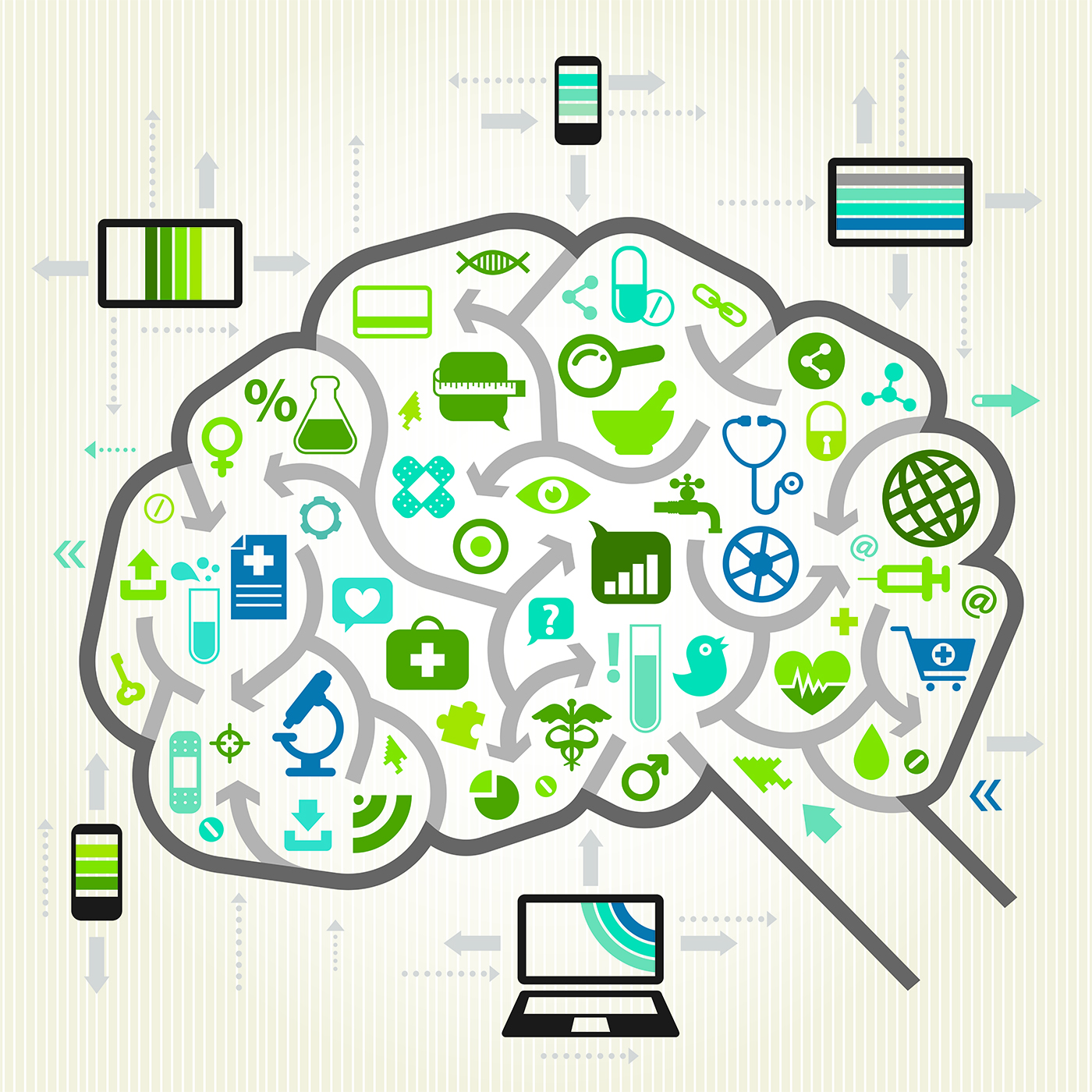In recent weeks we have written and talked a lot about computational thinking: what it is, where it comes from and how to incorporate it into education, especially in those particularly vulnerable contexts where integrating this way of thinking can help children change their future. Computational thinking has become one of the most important skills in preparing the citizens of the future to succeed in an artificial intelligence-driven society (Unesco and ProFuturo, 2019) countries around the world have begun to introduce it into their educational curricula.
The second major digital theme of today is complementary to the previous one: the world of artificial intelligence which is everywhere. For example, when you search on Google and the search engine suggests your search before you have even finished thinking about it. It is not magic or witchcraft. It is artificial intelligence. Or when you talk to a voice assistant; when Netflix and Spotify suggest series, films and songs, etc. These are some of the most obvious examples; but the truth is that we could fill pages and pages with the endless applications of artificial intelligence that we use every day in our daily lives or with those that, indirectly, make our lives much easier in matters related to finance, medicine, the environment, etc. Contrary to what one might think, this does not only happen in countries that are highly developed economically and technologically. In less developed countries, artificial intelligence is also already present in many sectors.
For example, in Nigeria, the Zenvus platform provides farmers with data-driven information to increase the productivity of their farms, thus contributing to poverty alleviation. In Kenya they have bots that use artificial intelligence to process and answer sexual and reproductive health questions in a safe and confidential manner (SophieBot). In Argentina, AI is automating processes and complaints regarding gender-based violence (Prometea). In Brazil, AI is also helping to find missing persons using facial recognition (Maes da Sé) and, in Chile, based on its predictive capabilities, it is providing police support by anticipating where and when future crimes might occur thanks to software developed by mathematicians and engineers at the University of Chile. Therefore, if we want to live harmoniously and efficiently with this type of intelligence, we must familiarise ourselves with it and learn how it thinks and behaves. This is one of the fundamental reasons why the teaching of computational thinking in schools has become so important.
In view of the major applications of artificial intelligence that are already present in other sectors, the inevitable questions are: what are the potential contributions of artificial intelligence to education? Can it help us make progress in reducing inequalities and the education gap? If so, how can it do so? In their 2019 joint report, ProFuturo and the Unesco also looked at how developing countries with severe social problems could address the infrastructure and context required for the development of AI-based education solutions. In the same report, both institutions determined the six main challenges that need to be addressed to improve the equity and quality of education through artificial intelligence. These are to:
1.- Develop a comprehensive and joint vision of public policy on AI for sustainable development. The complexity of the technological conditions needed to move forward in this field demands the alignment of multiple factors and institutions. Public policies must work in tandem, at international and national levels, to create an AI ecosystem that serves sustainable development.
2.- Guarantee inclusion and equity of AI in education. Less developed countries risk new technological, economic and social gaps with the development of AI. If we want to implement new educational strategies that harness AI to enhance learning, we need to address some initial barriers such as basic technological infrastructure.
3.- Preparing teachers to teach with AI and preparing AI to understand education. Teachers must learn new digital skills to use AI in a pedagogical and meaningful way, and AI developers must learn how teachers work and create solutions that are sustainable in real-life environments.
4.- Develop inclusive and quality data systems. Data quality should be our primary concern. It is essential to develop state capacities to improve data collection and systematisation. AI development should be an opportunity to increase the importance of data in the management of the education system.
5.- Encourage and safeguard ethics and transparency in the collection, use and dissemination of data. AI opens up many ethical considerations regarding access to the education system, recommendations for individual students, concentration of personal data, liability, impact on work, data privacy and ownership of data feed algorithms. Regulation of AI will therefore require a public debate on ethics, accountability, transparency and security.
6.- Make AI research in education meaningful and relevant. While research on AI in education can reasonably be expected to increase in the coming years, this research needs to be linked to the needs of students and teachers and to the effects of artificial intelligence on learning. These issues must guide the debate and the policy conversation if we are to harness the great potential of artificial intelligence to close the education gap and improve the future of children in vulnerable contexts, where our future as humanity is truly at stake.
REFERENCES
Unesco and ProFuturo. (2019). Artificial Intelligence in Education: Challenges and Opportunities for Sustainable Development. UNESCO. ED-2019/WS/8. https://unesdoc.unesco.org/ark:/48223/pf0000366994?posInSet=2&queryId=f392ff9d-f6e2-4d31-bf51-79c8368f1a70
May del Pozo, C. & Martín del Campo A.V. (3 March 2020). Cómo la inteligencia artificial está transformando realidades en América Latina. [How artificial intelligence is transforming the reality in Latin America.] El Financiero. https://www.elfinanciero.com.mx/opinion/c-minds/como-la-inteligencia-artificial-esta-transformando-realidades-en-america-latina/






